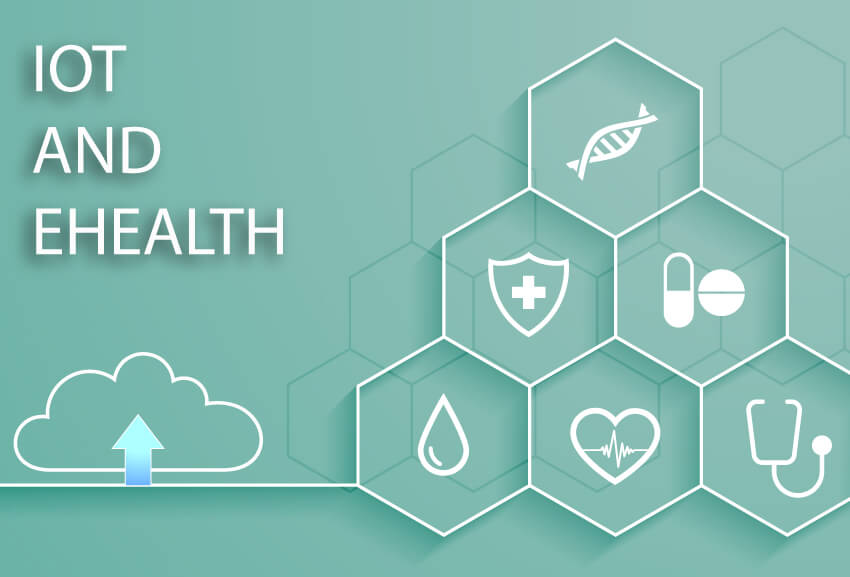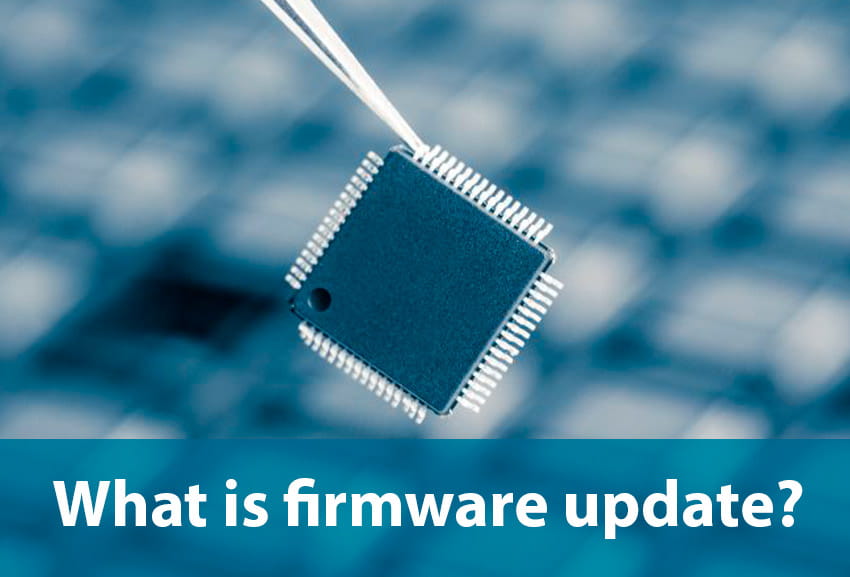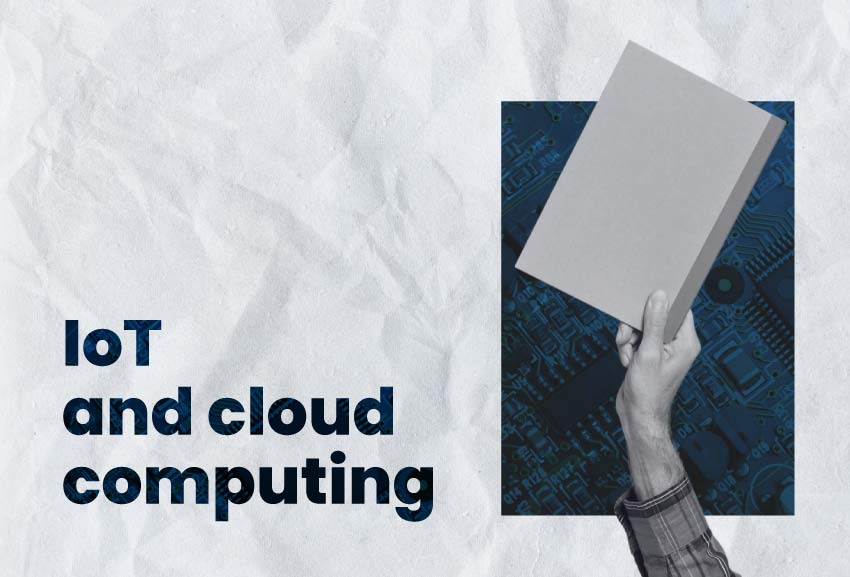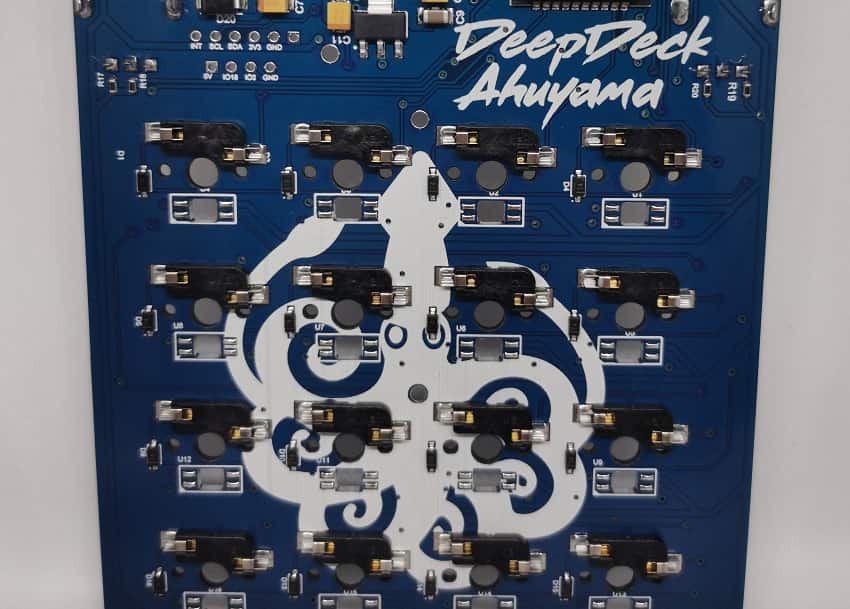The Internet of Things permeated the healthcare industry, it has added a lot of value to a concept known as e-health. In this article you will find what are the IoT benefits for ehealth, current applications, and future of the healthcare industry thanks to IoT.
What is eHealth?
The importance of IoT is big, however, ehealth is a concept that was born even before IoT was introduced in the market. According to the World Health Organization, “ehealth is the cost‐effective and secure use of information and communication technologies (ICT) in support of health and health‐related fields”. This includes telehealth, telemedicine, mobile health (mhealth), and electronic medical or health records (eMR/eHr).
For us at DeepSea Developments, we say the eHealth meaning now encompasses things like wearables, big data, and artificial intelligence, this is thanks to the growth of IoT devices in the market, and the evolution of technology.
This expansion of IoT made it possible to create eHealth technologies that are transforming the way people can monitor their health. So, there is not only one approach for understanding health but many applications that show how it works.
Why is IoT important for eHealth?
IoT in the eHealth industry allows different parties to receive crucial information from patients and act upon that. Patients can receive information or alerts from smart medical devices in their phones that remind them of exercising, taking medication, or setting an appointment with the doctor when there are signs of illness. IoT healthcare devices are possible thanks to healthcare development services, and this is what makes the patients commit more to their health since they feel they are in control of the situation.
Besides, hospitals may monitor patients’ health thanks to the IoT. Imagine having the possibility to track real-time location of medical equipment used by the patients, or to check when these elements need maintenance, whether they need to be fixed or to be sterilized to guarantee their safety.
Through remote monitoring, hospitals and doctors can reduce the length of patients’ stays and prevent readmissions, since eHealth technologies provide useful data to make quick decisions before a person’s physical discomfort shows up. IoT also supports eHealth in showing if a patient is correctly following a treatment or not, and the doctors can call them or send alerts when that happens.
As you can see, IoT and healthcare make the perfect combination. People want to be healthy, and as long as they can wear smart devices that keep control of that, there will be more people open to using them.
Overall benefits of healthcare wearables
IoT strengthened eHealth, because now it is easier to use smart devices to improve treatments for patients, reduce costs, and establish better processes and workflows. Healthcare wearables allow doctors to make better decisions based on the information gathered from the patients (How IoT works in healthcare).
Based on the symptoms, diseases can be diagnosed faster with the help of IoT medical devices. Therefore, there won’t be errors associated with prescribing the wrong medication or unnecessary hospitalizations. Costs will be reduced for the patients and the hospitals, and the drugs and medical equipment will be better managed.
Current eHealth IoT applications
The most common IoT applications in healthcare are the ones that belong to smart bands fitness trackers, and smartwatches. These devices look normal, but they represent wearable technology in healthcare that can be really useful for people. Fitness trackers can monitor the physical activity of their users, then, these smart medical devices provide recommendations to take care of health.
Smartwatches have evolved, and now they can measure a lot of the user’s vitals. For example, Apple launched the Apple’s Series 9 watch. It can monitor blood oxygen saturation, and sleep rhythms (really detailed), and it counts on an electrocardiogram sensor, and temperature measurement to monitor changes while the user sleeps. It also counts on gesture functions to interact with the smartwatch.
On the other hand, there is a company called Siren Care, which developed diabetic socks that track the foot temperature of diabetic foot ulcers patients through an app. The material of the socks is a smart textile with sensors for ulcer detection and amputation prevention.
ADAMM Intelligent Asthma Monitoring is an eHealth technology created by Health Care Originals that can be attached to the torso and prevents dangerous asthma attacks by monitoring the patient’s health before the symptoms appear. This device transfers all the information wirelessly to a phone or the doctor who is in charge of the patient.
Imagine a patient who needs to have a device attached to his chest to monitor his vitals. The doctor may not check in real time the patient’s vitals (because he is busy), but he could analyze by the end of the day or the week if there is something abnormal, and make decisions accordingly.
Also, IoT allows people to be in “control” of their vitals. When healthcare IoT users have access to crucial information (heart rate, blood oxygen, energy levels, sugar levels, etc.), they would make adjustments on their lifestyle, and diet.
There have been many cases of people being saved because of healthcare IoT devices:
- Identification of tumors.
- Arrhythmias.
- Blood pressure problems.
- Bad sleep patterns caused by specific illnesses.
And we are not talking about “complex” devices that are only obtained in hospitals; there are apps, small devices, products, and wearables that are contributing a lot to the healthcare industry.
IoT applications in healthcare bring a lot of opportunities to save lives; Imagine the impact you could make if you decided to start developing your product idea as soon as possible.
The IoT applications for healthcare mentioned above are just a small part of how IoT is revolutionizing healthcare. There could be a lot more devices that can be mentioned here and that are saving lives as you read this article.
E-health technology
DeepSea Developments has experience developing IoT devices for the healthcare industry. We could mention just a few of them, a pill dispenser and a thermal camera; how does a thermal camera work.
The thermal camera works as a support for offices and buildings where there are a lot of people who constantly need access. When using this IoT device in healthcare, companies can measure in real-time the body temperature of people, and trigger an alert when a scanned person shows a temperature above normal.
By using thermal cameras, companies can prevent the risk of infections with a virus; saving lives and avoiding a general health issue.
The pill dispenser is another IoT healthcare product we designed. This product works with a timer that activates at specific times of the day when a patient needs to take a pill. This IoT device guarantees the patient won’t forget to comply with the doctor’s prescription, therefore, the person will remain healthy thanks to the IoT product.
If you have a great idea for the healthcare industry and maybe you are planning to develop it, we could help you with our healthcare development services, it doesn’t matter what phase you are in right now with your product:
Future of eHealth and IoT
Nowadays, users and doctors can get information on cardiovascular, digestive, renal, immune, muscular, nervous, endocrine, reproductive, respiratory, and skeletal systems thanks to IoT. Also, there is an interesting potential for face detection systems in the health area; see facial recognition pros and cons.
Wearables have grown, and they will keep doing it (see 5G IoT). These products are a great support for telemedicine (telehealth pros and cons). Now that you understand how these IoT devices have boosted eHealth, imagine the medical wearables that could be created shortly and the information they may obtain.
We hope you enjoyed this article, we believe there is still a lot to be invented in the eHealth industry, and we have seen interesting healthcare solutions out there. If you have any ideas that you would like to try through medical prototyping, don’t hesitate to contact DeepSea Developments. We can help you design, and develop your device.






